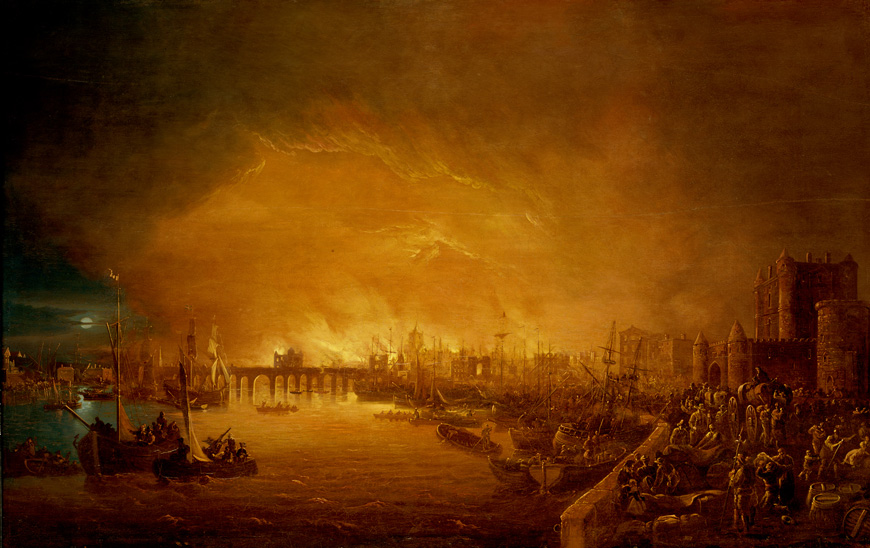Lots of science (though hopefully nothing hard) and lots of history in this issue of links to items you might have missed the first time round.
The more scientists look, the more they realise that many of us are not just a single person but may contain elements of another. In other words many of us are chimeras and it is common amongst many species.
Meanwhile up the Himalayas biologists have found some 211 new species in the last few years: that’s 133 plants, 39 invertebrates, 26 fish, 10 amphibians, one reptile, one bird and one mammal. The latter is a noseless sneezing monkey. We still really do not know what’s out there!

We know crows are intelligent. In fact they are so intelligent that they not only recognise human faces, but they mourn their dead and will remember the identities of anyone who is a threat.
Periodical cicadas spend 13 or 17 years underground and then emerge all at once for a frenzy of singing and sex. Now scientists are beginning to understand how they keep track of time.
OK, so how small is the smallest insect? Well the smallest free-living insect is less than a third of a millimetre — almost too small to see with the naked eye. But it isn’t definitively the smallest, because even at this size it has smaller parasites living on it. Which is sort of mind-boggling.
As so often we return to the subject of nuclear accidents. Understandably there is a lot of research looking at the long-term effects of the Chernobyl accident on the wildlife and how it is doing after the people left. Somewhat counter-intuitively it seems to mostly be thriving.
Now a little light chemistry. Here’s a simple explainer of the nasty niffs our bodies produce.
OK so now a swift switch to technology. Britain’s telecomms infrastructure is in such a state that it is a wonder it ever works.
And on to even more historical technology. Archaeologists think they have probably found the wreck of Henry V’s warship the Holigost buried in mud of the River Hamble.
Another set of history nuts is proposing to build a Tudor warship on the banks of the Thames at Deptford (which was indeed a big Tudor and Restoration shipbuilding centre).
From Deptford it isn’t too far a stretch to the world of Shakespeare. And historians are now suggesting — based on decent evidence — that much of Shakespeare’s play writing was funded by some dodgy deals done by his father.

Fifty years after the death of Shakespeare we come to the heyday of Restoration diarist Samuel Pepys, who knew Deptford shipbuilding well. A new exhibition (from 20 November) at the National Maritime Museum in Greenwich will explore London in the time of Samuel Pepys.
Pub quiz question: When did London first have horseless buses? Yes it is a trick question because the answer is a lot earlier than you think for it was when Charles Dickens was a teenager, back around 1827.
Around the same time there were several proposals to straighten out the River Thames, none of which came to fruition. IanVisits investigates.
Coming into the beginning of the 20th century, here is a collection of colour photographs of Russia in 1907-1915, before the Revolution.
IanVisits again, this time taking a look in the WWII tunnels under Clapham Common.
My penultimate choice is a bit more serious. Here is Michael Shermer, of Skeptic magazine, on Do We Need God? Unsurprisingly his answer is “no”. Equally unsurprisingly I agree with him.
Finally here’s the best offer you’ve had all year (again from IanVisits) … Get felt-up at an erotic show in Soho.
